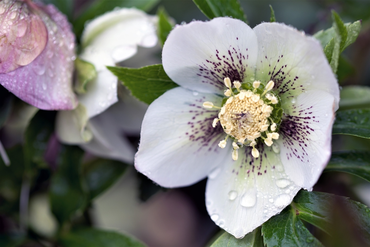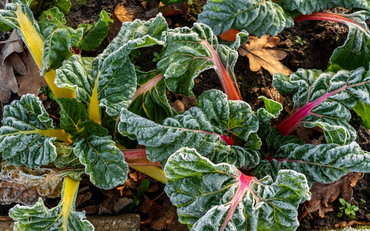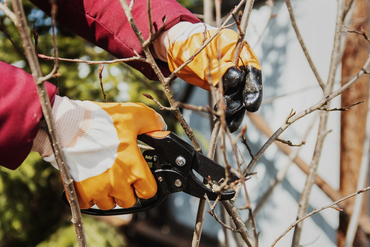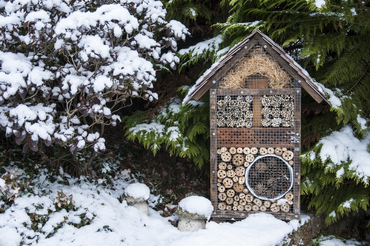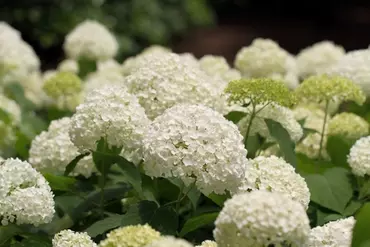
Hydrangeas are firmly back in style — and with so many beautiful varieties available, there’s one to suit every garden. From the classic pink and blue mopheads to the elegant paniculatas with their towering conical flowerheads, hydrangeas add colour, texture, and charm wherever they grow.
These long-flowering shrubs thrive in partial shade and bloom right through late summer. Even as the flowers fade and dry, they keep their shape and beauty well into autumn and beyond. Best of all, hydrangeas are easy to grow and rewarding to care for — just follow a few simple tips below.
Types of Hydrangea
Knowing which type of hydrangea you have helps you get the best from your plant. Here are the most common and popular varieties:
- Hydrangea macrophylla (Mopheads and Lacecaps): The classic hydrangeas, with pink, blue or white blooms. The flower colour of pink and blue types changes with soil pH — blue in acidic soil, pink in alkaline. Mopheads produce large, rounded flowerheads made up of showy florets, while lacecaps have flatter heads with a centre of tiny flowers surrounded by a ring of larger ones.
- Hydrangea arborescens: These have huge, domed flowerheads and a lighter, more delicate look than mopheads. The best-known variety, Hydrangea ‘Annabelle’, is adored for its enormous white blooms that glow in the shade.
- Hydrangea paniculata: A tall and elegant type with conical flowerheads that often change colour as they mature — perfect for adding height and drama to borders.
- Hydrangea quercifolia (Oak-leaved Hydrangea): Recognisable by its large, lobed leaves shaped like those of an oak tree. In autumn, the foliage turns spectacular shades of orange and red.
- Hydrangea anomala (Climbing Hydrangea): A self-clinging climber that produces masses of white lacecap-style flowers in summer. Ideal for brightening shady walls or fences.
Where to Grow Hydrangeas
Hydrangeas grow best in moist, well-drained soil and light shade. Before planting, enrich the soil with organic matter such as garden compost or well-rotted manure to help retain moisture. Water regularly during dry spells, especially while the plant is establishing.
Feeding isn’t usually necessary, but apply a mulch of leaf mould, compost, or manure in spring to keep the roots cool and nourished throughout the growing season.
How to Prune Hydrangeas
Pruning hydrangeas is easier than you might think — it just depends on the variety.
- Mophead and Lacecap Hydrangeas: Leave the faded flowerheads on through winter to protect the buds below. In late spring, cut back to a pair of strong buds just below the old blooms. Remove any dead or crossing branches, and for older plants, cut one or two stems right down to the base to encourage fresh growth.
- Hydrangea paniculata and Hydrangea arborescens: Prune in early spring, cutting back last year’s growth by about a third, just above a pair of healthy buds. Remove any dead or weak wood to keep the plant in shape.
- Climbing Hydrangeas: These need little pruning for the first few years. Once established, prune after flowering to control their size, cutting back long shoots to healthy buds lower down.
For more detailed advice, see this simple guide to pruning hydrangeas.
Visit Us
Our garden centre has a wonderful range of hydrangeas and other shrubs to suit every garden style. Visit Carpenters Nursery in St. Albans to explore our collection and find the perfect hydrangea for your space. Whether you’re after classic colour, elegant whites, or striking new varieties, our team is here to help you choose the right one.

